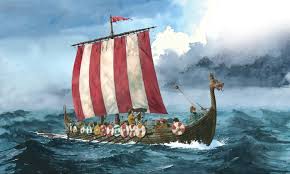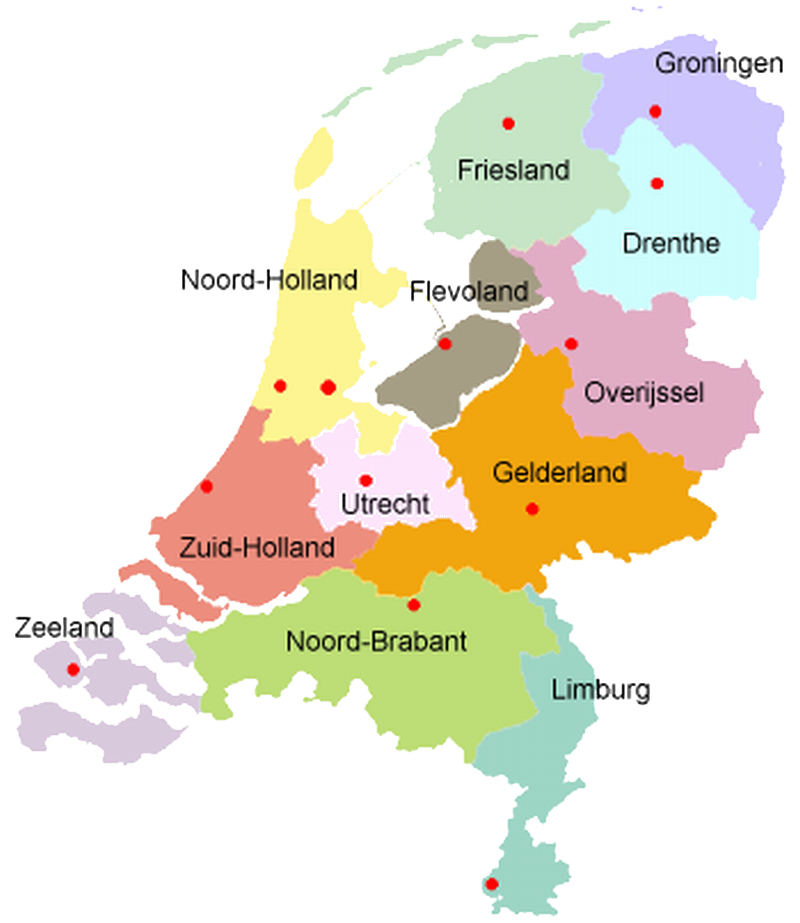maastricht

A Quaint Blend of History and Modernity
Maastricht is a captivating city that seamlessly bridges the gap between its rich historical past and the vibrancy of contemporary life. With a history dating back over two millennia, the city exudes an old-world charm through its cobblestone streets, Gothic architecture, and ancient fortifications.
Maastricht’s most significant claim to fame is the Maastricht Treaty, signed in 1992, which laid the groundwork for the European Union and the euro currency. This event solidified the city’s place in the annals of modern European history. The treaty’s signing took place in the grand setting of the Basilica of Saint Servatius, a testament to Maastricht’s historical significance.
Beyond its historical importance, Maastricht embraces a contemporary identity. The city is a melting pot of cultures, owing to its proximity to Belgium and Germany. This cultural diversity is evident in its culinary scene, where traditional Dutch fare intermingles with international influences.
Maastricht’s charming streets are adorned with boutiques, cafes, and art galleries, creating a vibrant atmosphere for both residents and visitors. The city’s university adds youthful energy, attracting students from around the world.
Whether wandering through the medieval-era Vrijthof square, exploring the underground caves, or cycling along the picturesque Maas River, Maastricht offers an enchanting experience that beautifully marries its storied history with the pulse of the present day.
Vikings

In 881, the Vikings entered Maastricht They had their eye on the silver and gold valuables that would be there in the Church of St. Servatius. The people of Maastricht fled in panic, taking it with them. Only the sick and defective were left behind, who were killed by the Danes. By a miracle, however, it was not possible to penetrate the church; the Danes were thrown back as if by lightning and their attempt to set the building on fire failed. The fire turned against them and devoured many. Some stuck to the roof tiles when they wanted to climb the roofs. The people of Maastricht who fled heard of these miracles and decided to return. They formed an army and attacked the enemy. Thousands of Vikings were killed. They were driven back far beyond the borders of Maastricht and were then struck by lightning. No Viking survived. The church of Servatius was unharmed. At least according to Jocundus in his two-part hagiography about the life of Saint Servatius.

Meuse Trajectum, THe saint Servatius bridge
That’s why they called the place Mosa Trajectum.
(Maastricht = Mosa Trajectum = passage through the Meuse)
The Romans built a bridge over the river. The same as you can see here in Maastricht.The city has a long and eventful history, as evidenced by the numerous historic buildings and art treasures in churches and museums.To defend the bridge, the Romans built a fortress on the west bank of the Meuse around 333 AD, the Roman castellum from which Maastricht originated.
the vrijthof sqaure
The Vrijthof has always had the function of organizing large events.
Nowadays the Christmas market is a highlight on the square, but the performances of Andre Rieu in July also attract visitors from all over the world and the carnival is celebrated exuberantly here. Even the punishments were crowd-pullers, such as in 1408, for example, the dismemberment of the Mayor of Liège who had led the revolt against Prince-Bishop John of Bavaria.

Andre rieu And his Johan Straus Orchestrea
Waltzes, film music, operas and musicals. André’s incredible musical daring, passion and charisma are the ingredients for a magical spectacle on stage.
His romantic and fun concerts are the only ones where visitors regularly jump up and dance through the aisles. It’s not uncommon to see fans laughing, crying, clapping, dancing and embracing each other when they hear the beautiful waltzes, movie tracks, spirituals, musicals, folk songs and marches – all played on André’s precious Stradivarius violin from 1732. His concerts are a perfect mix of exciting, romantic, festive and emotional melodies – combined with surprises, balloons, beautiful soloists and of course André’s great sense of humour. It’s all about emotion!


The woman probably represented the city maiden. In any case, she had no halo or wings, so she is not a saint or an angel. From the 17th century onwards, the city angel seems to have definitively replaced the city maiden as a bearer of arms.
On a pediment of the City Hall of Maastricht (ca. 1660) a winged angel holds the coat of arms with the city star. The origin of the five-pointed silver star is unknown. In the 20th and 21st centuries, the weapon-carrying angel grew into a folkloric character, who made an appearance at all kinds of festivities, usually in the person of ‘city angel’ Math Hardy; from 2000 also in the form of a new city giant.
Christmas market
This Christmas market in Maastricht is the most beautiful and largest Christmas market in Limburg with Ferris wheel, Christmas stalls, ice rink and Santa Claus’ house!
Magical Maastricht at the Vrijthof is the most authentic, cozy and beautiful Christmas event in the Netherlands. Visit Maastricht from 1 to 30 December. The Vrijthof will be transformed into a large winter village and the entire Maastricht city centre will be wrapped in atmospheric Christmas decorations.







